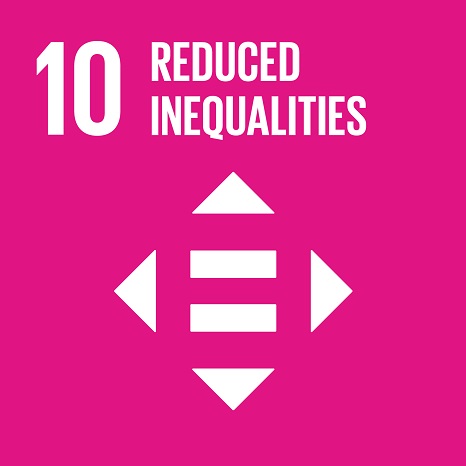Representações e comportamentos em relação ao teste de diagnóstico do VIH/sida
Event Title
IV Congresso da Associação Portuguesa de Antropologia
Year (definitive publication)
2009
Language
Portuguese
Country
Portugal
More Information
--
Web of Science®
This publication is not indexed in Web of Science®
Scopus
This publication is not indexed in Scopus
Google Scholar
This publication is not indexed in Google Scholar
This publication is not indexed in Overton
Abstract
A questão da adesão à prevenção do VIH/SIDA e ao sexo seguro pela população homossexual é a questão central deste contributo.
Foram realizadas entrevistas semi-directivas a seis homens com idades compreendidas entre os 18 e os 65 anos, residentes em zonas urbanas, nos distritos de Aveiro, Lisboa, Porto e Viseu. A abordagem combinou o método da bola de neve a partir da minha rede social e de contactos com associações LGBT, particularmente o GRIP-ILGA, no Porto, a Opus Gay, em Lisboa, e a Rede Ex-aequo, em Aveiro.
Conclui-se que os comportamentos sexuais de risco traduzem não raras vezes um acto de rebeldia contra os discursos normativos da prevenção, aquele que ordena o uso do preservativo e uma higiene de vida sã e regrada, e um desafio às regras do sexo seguro. A rejeição da prevenção exprime, por vezes, uma rejeição do discurso social dominante. Neste sentido, os discursos preventivos são melhor aceites e interiorizados se provierem do grupo a que o indivíduo sente pertencer.
Acknowledgements
--
Keywords
HIV,Teste,Transgressão,Discriminação,Minorias sexuais,HSH
Fields of Science and Technology Classification
- Anthropology - Social Sciences
Funding Records
| Funding Reference | Funding Entity |
|---|---|
| CONT_DOUT/3/CEAS/3123/6804/4/2006 | FCT |
Contributions to the Sustainable Development Goals of the United Nations
With the objective to increase the research activity directed towards the achievement of the United Nations 2030 Sustainable Development Goals, the possibility of associating scientific publications with the Sustainable Development Goals is now available in Ciência_Iscte. These are the Sustainable Development Goals identified by the author(s) for this publication. For more detailed information on the Sustainable Development Goals, click here.

 Português
Português



